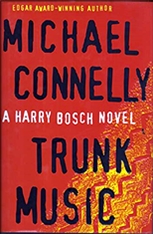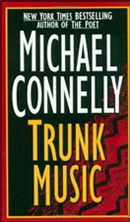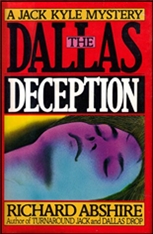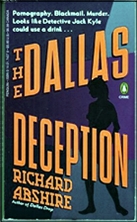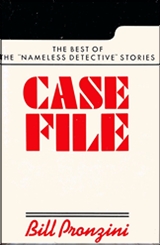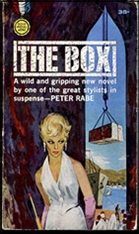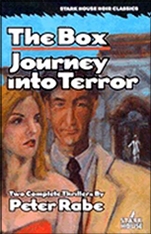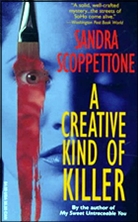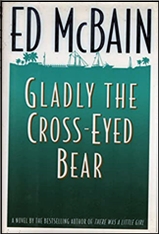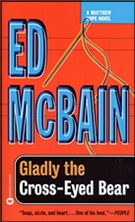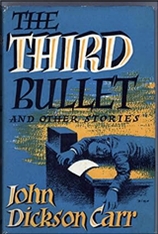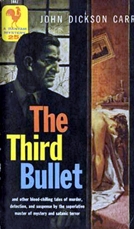Reviewed by TONY BAER:
PAUL BOWLES – Let It Come Down. Random House, hardcover, 1952. Signet #1002, paperback, 1953. Reprinted many times since.
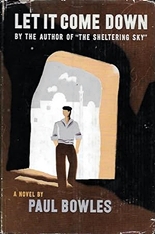
Nelson Dyar is a bored bank teller in the U.S. of A. Waiting for nothing. An acquaintance has apparently established himself in the International Zone (which Burroughs calls ‘Interzone’) of Tangier and invites Dyar to work at his travel agency. Dyar accepts. Nothing else to do.
The phrase “Let It Come Down” is from MacBeth. One of the characters is scheduled for a hit. He walks by his hit man, saying: ‘Looks like rain’. The hit man says, swinging his sword upon his neck: ‘Let It Come Down’.
Dyar arrives and his buddy is not all that friendly. In fact, his buddy is just using him as a money laundering mule. British Sterling is strictly controlled in Morocco. And sneaking it in is worth its weight in silver.
Dyar suspects precisely what is happening, and lets it happen anyway. Let’s himself be seduced by a countess, let’s himself be taken in by a whore. He had nothing going on anyway. So why not?
And then he finds himself with a shitload of money. And decides, for perhaps the first time in his life, to do something: He steals it.
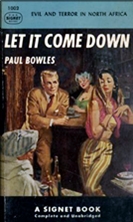
He absconds to a hovel in Spain where he waits, smoking more and more hashish, getting more and more stoned, more and more paranoid. And waits. For it to come down.
Which it does. Inevitably.
—
Starts off promising, ends with a meh. I picked this one because I’d just read Peter Rabe’s The Box which got me in the mood for more North African island intrigue. However, as the book goes on, as Dyar gets more and more stoned, as his attentions start to blur and glaze, the book starts to meander too. Like Dyar. Like the camera’s eye. Which is realistic. Just not enjoyable for this reader.
So the thing is well executed, I guess. I just prefer straight, hardboiled execution. And when the character and narrative start to fall apart, so did my attention.
I read that a fan once knocked on Bowles’s door excited to visit Tangier, and Bowles, upon opening the door, responded: If you’d read my books, why would you want to visit Tangier? He paints a portrait where everyone and everything is for sale in the International Zone. That there’s nothing too perverted, for a price.
It’s a place where, if you have no values, you’ll be sucked into intrigue quicker than a duck in a jet engine. But for me, this book was more quack than pâté. And I never liked pâté anyway.


